Animals That Hibernate in Winter: Nature's Best Sleepers
When winter rolls around, some of us grab our fuzzy blankets, brew an absurd amount of hot cocoa, and prepare to hunker down until spring. While humans might dream of such a leisurely lifestyle, some animals get to live it! Hibernation isn't just about sleeping in; it's a survival strategy as old as time. So, let's learn about the cozy world of animals that hibernate in winter and see what we can learn from these expert nappers.

What Exactly is Hibernation?
Before we meet our wintertime heroes, let's clarify what hibernation is. It's not just a long nap (although that would be nice). Hibernation is a state of deep dormancy in which animals drastically slow down their metabolism, heart rate, and breathing. Essentially, they hit the pause button on life to conserve energy and survive the harsh conditions when food is scarce.
Now, let's meet some of the most impressive hibernators out there!

Bears (Ursidae): The Poster Child of Hibernation
When you think of hibernation, bears probably come to mind. These burly beasts are the kings (and queens) of the winter snooze. But here's a fun twist: bears technically don't hibernate in the true sense. What they do is closer to a state called torpor, where their body temperature doesn't drop as much as in true hibernation. They can wake up quickly if disturbed—so maybe don't poke around a bear's den!
During their "hibernation," bears live off their fat reserves, which they've spent all summer and fall building up. Imagine gorging on pizza for months and then not eating again until spring! Their heart rate slows from 40-50 beats per minute to just 8-19, and they can go for months without food, water, or even bathroom breaks.

Bats (Chiroptera): The Nighttime Nappers
Bats have the winter game figured out—they spend the summer munching on insects and then find a cool, dark place to hang upside down and hibernate through the winter. They're one of the few true hibernators, dropping their body temperature to match the surrounding environment.
During hibernation, a bat's heart rate can drop from 400 beats per minute to as low as 25. If that doesn't make you want to lower your caffeine intake, I don't know what will. They're the ultimate minimalists, slowing everything down to an almost complete stop until the bugs come back in the spring.

Groundhogs(Marmota monax): The Weather Forecasters in Deep Sleep
Groundhogs, also known as woodchucks, are infamous for predicting the weather on Groundhog Day. But when they're not busy being pestered by TV crews in early February, they're some of the deepest hibernators in the animal kingdom. These furry forecasters build up fat during the summer and then burrow deep underground to sleep through the winter.
Groundhogs are so serious about hibernation that their body temperature can drop to a chilly 38°F (3°C), and their heart rate plummets from 80 beats per minute to just 5! If only we could manage such dedication to our New Year's resolutions.

Hedgehogs (Erinaceinae): The Little Spikey Sleepers
Hedgehogs might be tiny, but they know how to hibernate like pros. These nocturnal critters roll into a ball and find a snug spot to wait out the cold months. During hibernation, their heart rate slows, and their body temperature drops significantly.
One fascinating (and slightly comical) aspect of hedgehog hibernation is that if they don't get fat enough before winter, they might not survive. So, these little guys spend autumn on a feeding frenzy. You can picture them scurrying around, stuffing their faces like they're at an all-you-can-eat buffet—because it is for them!

Snakes (Serpentes): The Cold-Blooded Cuddlers
Snakes, being cold-blooded, don't do well in the cold. So, when winter comes, they find a cozy den, often with a bunch of their slithery pals, and enter a state called brumation. It's similar to hibernation but unique to reptiles.
During brumation, snakes slow their metabolism and chill out (pun intended) until it warms up again. It's not unusual to find dozens of snakes coiled together in a hibernaculum (a fancy word for their winter retreat). If you thought a group of snakes was creepy, imagine finding them all snuggled up together underground—talk about a slumber party!

Bees (Anthophila): The Busy Sleepers
Not all bees hibernate, but some do. Bumblebees, for example, have a unique approach to winter. The queen bee is the only one who hibernates. She'll dig a little hole in the ground until spring while the rest of her colony dies off as winter approaches.
It sounds harsh, but don't worry—she'll emerge in the spring, ready to start a new colony. She essentially hits the reset button every year. So, the next time you're overwhelmed by your to-do list, remember: if a bee can start a new colony from scratch, you can tackle that inbox.

Turtles (Testudines): The Aquatic Dreamers
Many species of turtles hibernate underwater. As ectotherms, their body temperature depends on their environment, so when the water cools down, so do they. They bury themselves in the mud at the bottom of ponds and slow their metabolism to a crawl—literally.
Turtles can absorb oxygen through their skin, the lining of their throat, and their cloaca (a multipurpose opening some animals have). This fascinating process allows them to survive months without surfacing for air. So, while they might not be the most glamorous hibernators, they're certainly some of the most resourceful.

Ladybugs (Coccinellidae septempunctata): The Unexpected Sleepers
You might not think ladybugs are hibernators, but these little beetles can survive the cold. As temperatures drop, ladybugs gather in large groups in a protected area, like under leaves or inside your house (which you might have noticed if you've ever had a surprise ladybug invasion in the winter).
Once settled, they enter a state of diapause, where their development stops, and they wait out the winter. It's like a bug conference where everyone decides to nap instead of attending the meetings. Come spring, they'll wake up and return to their usual business of munching on aphids and looking adorable.

Frogs (Anura): The Amphibious Hibernate-and-Hope Approach
Frogs have a rather extreme approach to winter. Some species, like the wood frog, actually freeze solid! Their bodies produce a kind of antifreeze that protects their cells from damage, while the rest of the frog becomes a frog-sicle. Their heart stops, and they stop breathing, but come spring, they thaw out and hop away as if nothing happened.
It's like the ultimate magic trick—one moment, they're a solid block of ice, and the next, they're croaking in the pond. If only humans could pull off such a feat when faced with cold weather!

Lemurs (Lemuroidea): The Unexpected Primate Hibernators
Most primates are too busy swinging through trees or socializing to hibernate, but not the fat-tailed dwarf lemur. This tiny primate, found in Madagascar, is the only known primate to hibernate. During the dry season, when food is scarce, the fat-tailed dwarf lemur retreats to a tree hollow and enters hibernation, living off the fat stored in its tail (hence the name).
This lemur can hibernate for up to seven months, making it a contender for the "Longest Primate Nap" award. If only we could all take a few months off and still be as adorable as these lemurs when we wake up.

Why Should We Care About Hibernation?
Hibernation might seem like an interesting animal quirk, but it's a critical survival strategy that's evolved over millions of years. These animals have developed extraordinary ways to survive in environments that would otherwise be uninhabitable during winter. Understanding hibernation also helps scientists learn more about metabolic processes, which could have implications for human medicine, such as treating trauma or stroke.
Plus, let's be honest—there's something deeply satisfying about knowing that while battling through the winter, some animals snooze away, waiting for the first signs of spring. It's like they've unlocked the secret to avoiding all winter stress. So, the next time you feel like staying in bed all day, remember—you're in good company!

Final Thoughts
Hibernation is nature's ultimate survival tactic, and these animals have mastered it. From bears that barely stir all winter to frogs that freeze solid, the animal kingdom is full of fascinating hibernators. So, as you bundle up this winter and dream of warmer days, take a cue from these creatures—sometimes, the best way to handle winter is to simply sleep through it!

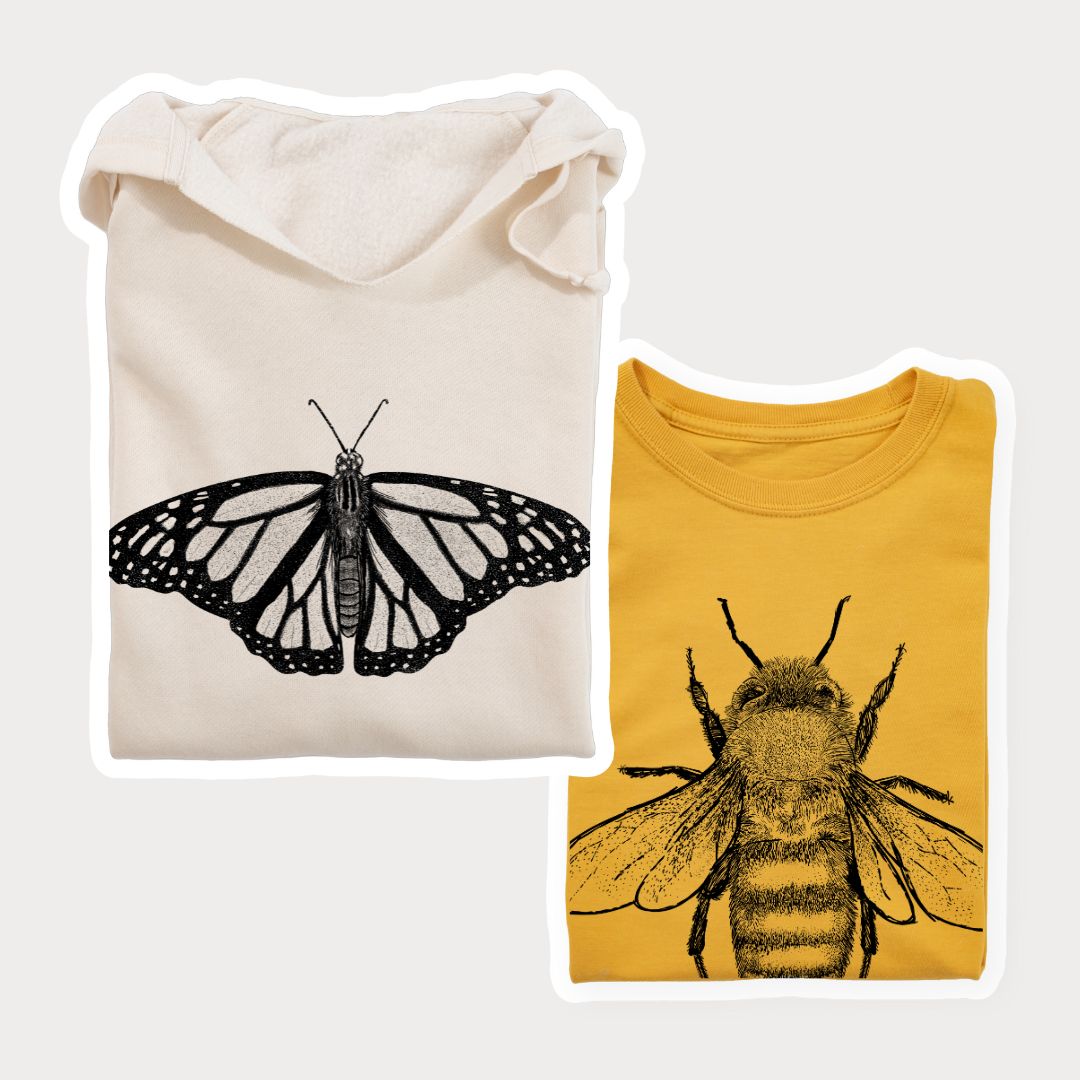



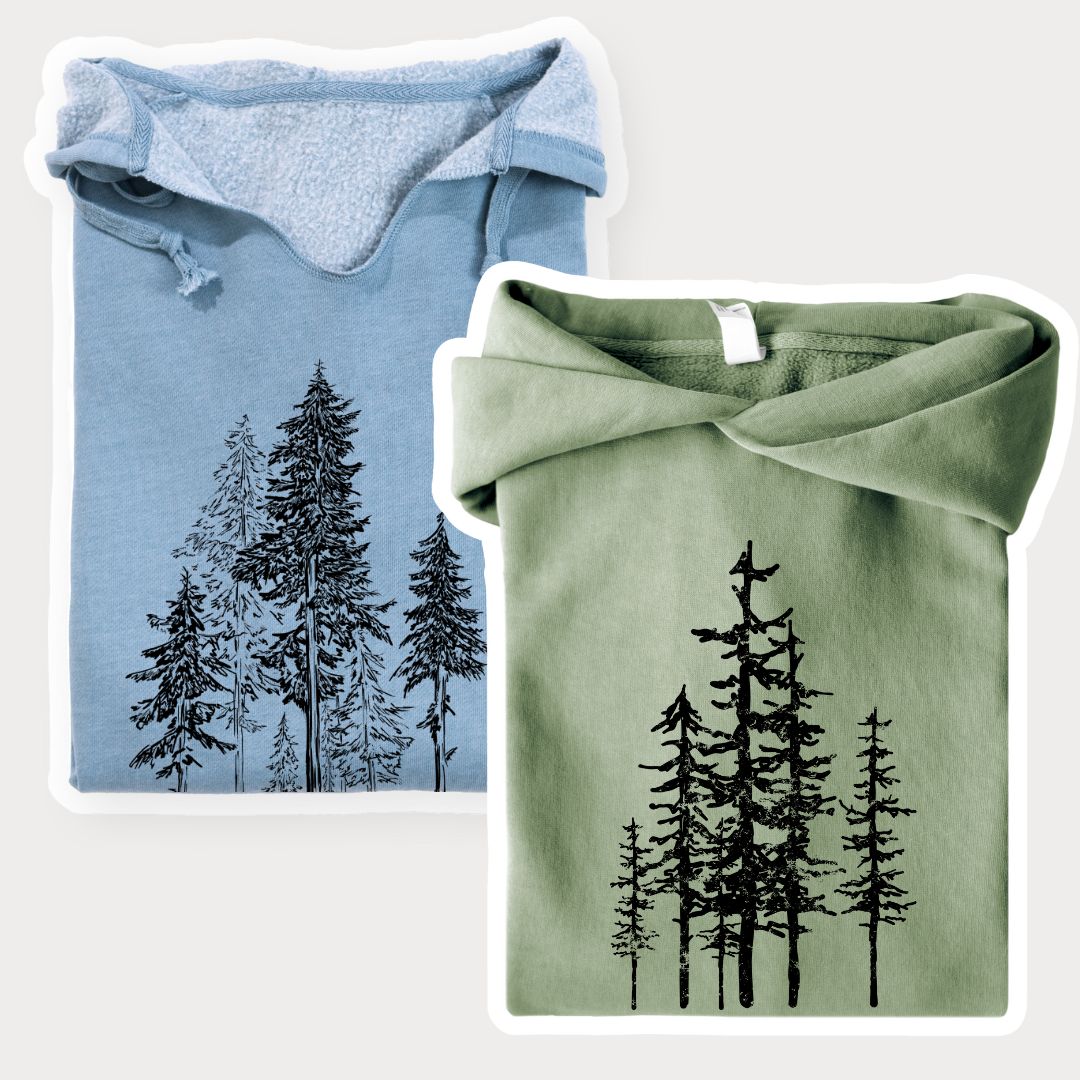
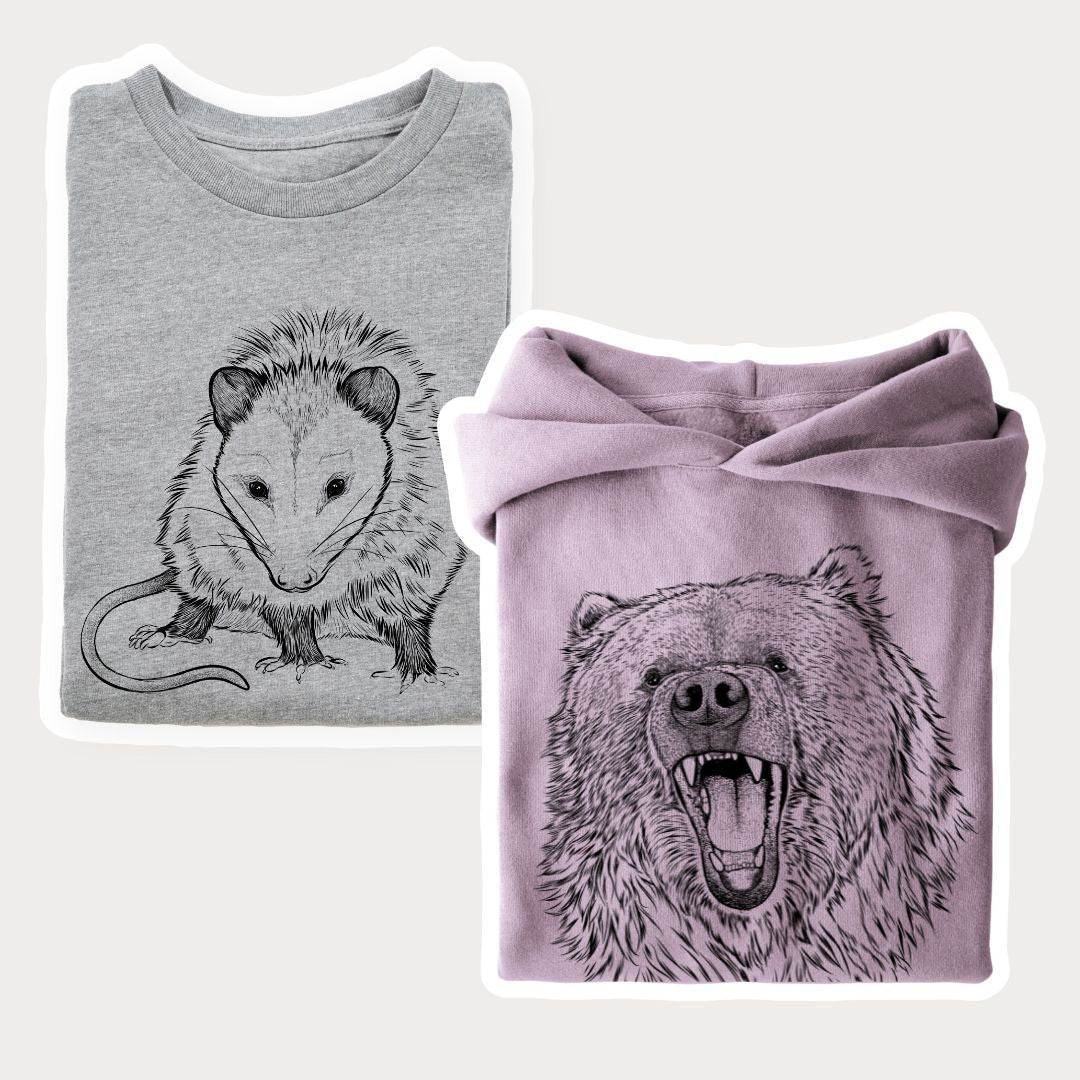




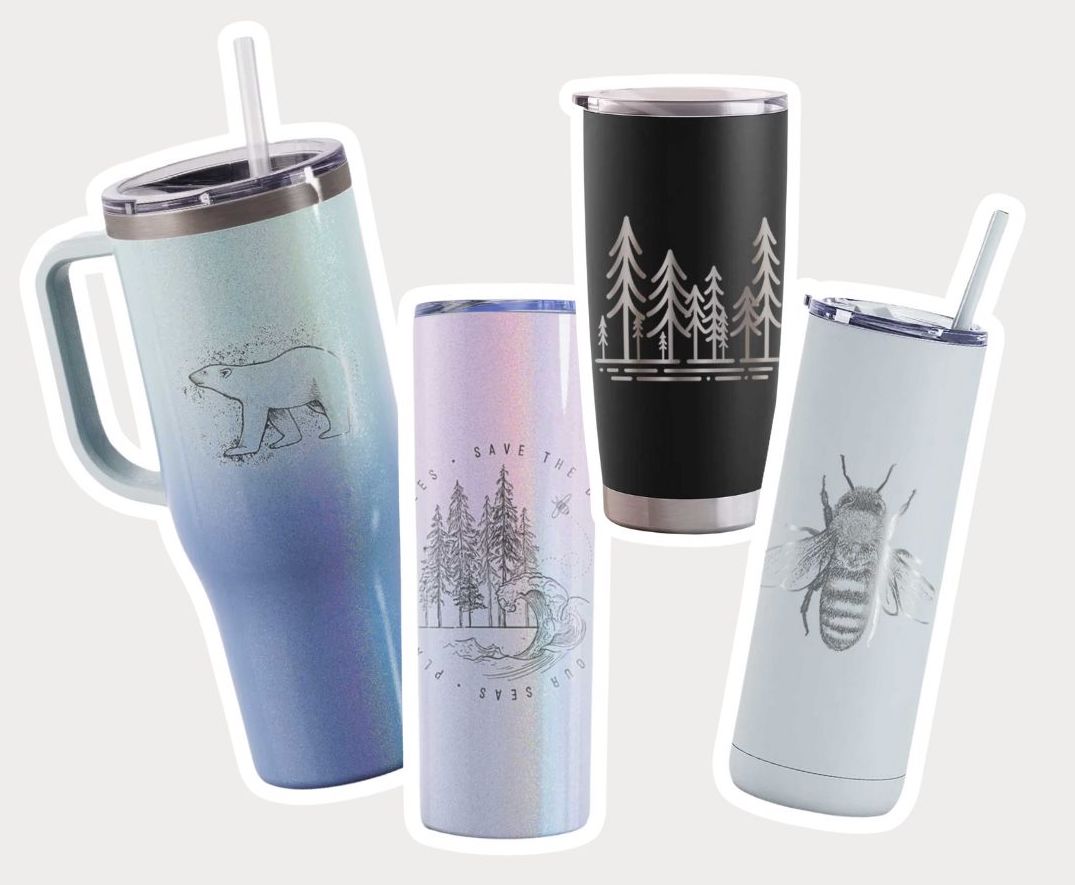

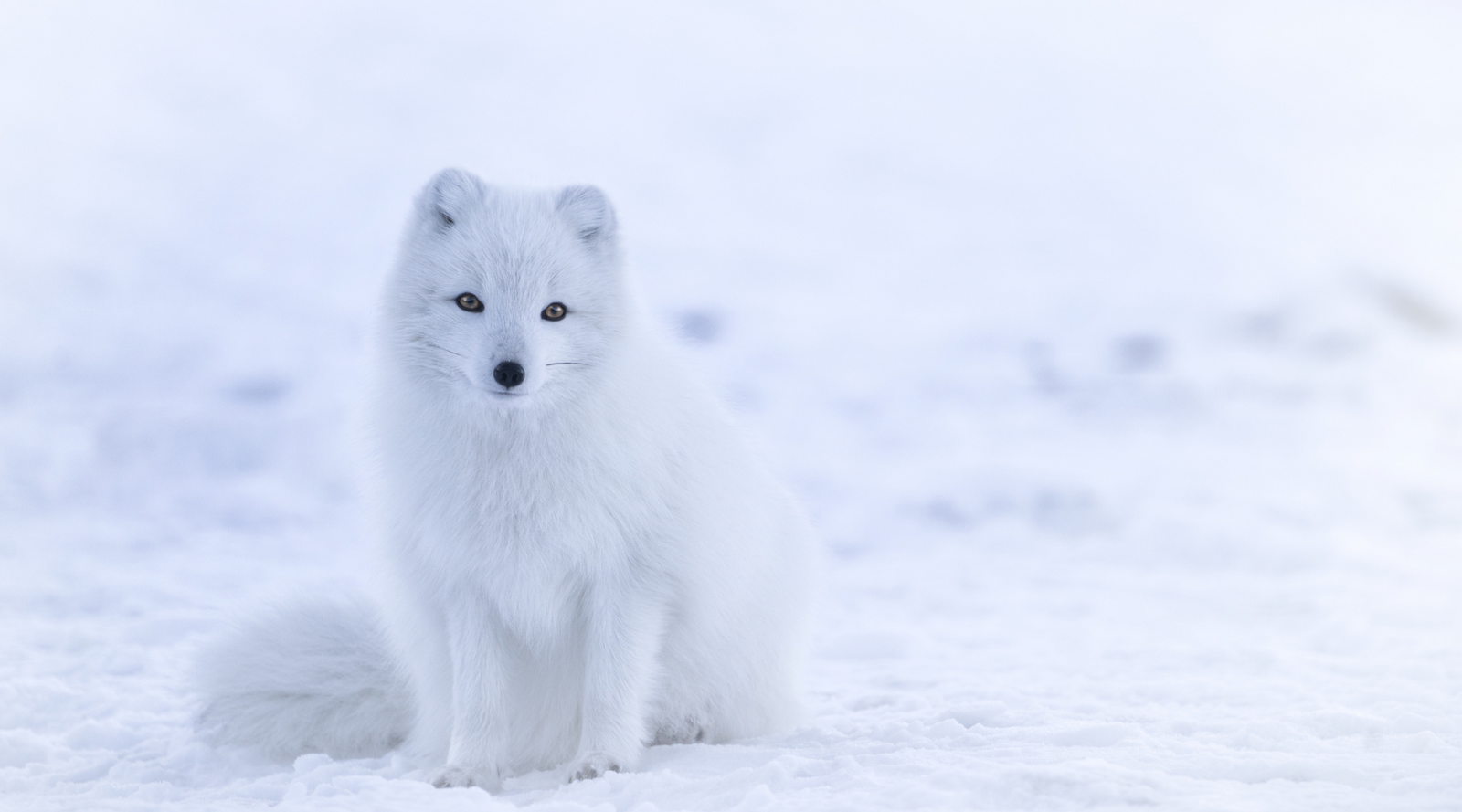

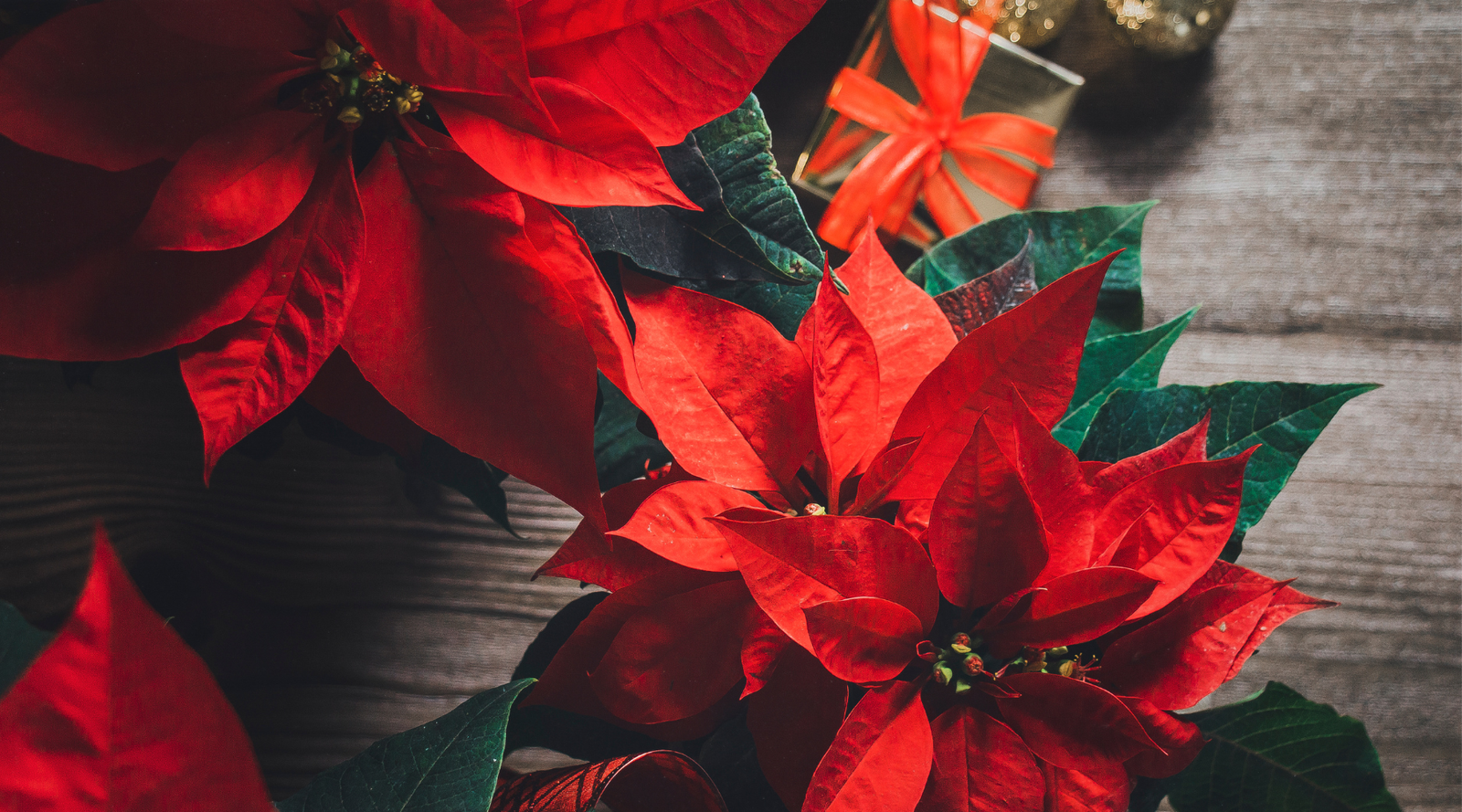
Leave a comment (all fields required)